The old saying “size doesn’t matter” couldn’t be more true when it comes to the artefacts excavated from an archaeological site. Thanks to Hollywood and romantic notions of archaeology, people in general are under the impression that bigger is always better. But while large artefacts might seem like they’re more important to the overall understanding of a site – and depending on what they are, they very well could be – the small stuff often seems to go unnoticed and under-appreciated in the grand scheme of things. I suppose it makes sense in a way, given the fashion in which the human brain is wired; however, if you’ll recall your Aesop, it was the mouse that rescued the rough and tumble lion from the net. And the lion was pretty dang grateful for it.
You’re probably wondering where I’m going with this. Well, this time last year I came to learn just how valuable teeny tiny artefacts can be in the interpretation of a site, and how much information you can actually extract from them if you’re willing to give them a chance.
If there were two artefact varieties that characterized our final season at Pointe-aux-Vieux in 2011, they were faunal and lead shot, both of which were uncovered in (exceptional) abundance from an uber-organic patch of soil first exposed in 2010. Whether we were finding them in situ or in the countless bags of soil we waterscreened, there just didn’t seem to be any end to them. It’s almost as if everyone one that we found spawned about ten more. Anyway, following what I can only assume was a hectic fall/winter/spring of cataloging thousands of artefacts (since I managed to escape that task), the next step was to divvy up the different categories of artefacts and compile an analysis for the site report. That’s how I ended up dealing with everything arms-related (eg. Gunflints), including a few thousand pieces of lead shot.
I was going to say that I got “stuck” with everything arms-related, but I was only too happy to have that be the focus of my analysis. The study of weapons, especially firearms, is a big passion of mine, so it was a natural fit; however, I really didn’t have any experience with analyzing lead shot, and had to spend quite a bit of time reading up on it. I have to say, it’s fascinating stuff, and my new best friend in the world of artefacts. It sounds crazy, but it’s true.
The thing about lead shot, however, is that it is a term that encompasses literally anything made of lead that is fired out of a gun barrel, ranging anywhere in size from a diameter of less than 1mm to a cannon ball fit for Mons Meg.
The lead shot I have been asked to analyze is the really small stuff, sometimes referred to as “buckshot” or “swanshot” or “birdshot”. When you think projectiles, it certainly isn’t the first variety that comes to mind, unless you’ve grown up with BB guns. Many people don’t think of projectiles being much smaller than the standard .69 cal musket ball, but they do exist, and they have a fascinating history to boot; however, if I get into that topic we’d be here all day, so to save on time, here’s the skinny:
Pre-1665: Firearms (and their ammunition) have been continually evolving since the advent of the hand-held cannon in the 14th century, and are becoming increasingly popular on the battlefield. As time has gone on, gun bores have become smaller, as has the ammunition. The oldest variety of the small shot as we know it seems to have been made by cutting lead into small cubes, and then tumbling them in a barrel to (attempt to) get a more rounded shape.
1665: Prince Rupert (yes, the Prince Rupert) devises a new and improved method for making small shot. His idea? Pour molten lead through a sieve, letting it fall into a container of cooling water. Thanks to gravity (something they wouldn’t realize until after it was “discovered”), much more rounded shot was now able to be produced. This process gave rise to the term “Rupert” shot.
1782: William Watts, of Bristol, decides that he likes “Rupert’s” method. He likes it so much, in fact, that he decides to take it to new heights – quite literally. Realizing that the more time the shot is in freefall, the more spherical it will become, he builds the first shot tower, and thus is born “drop” shot. Prince Rupert probably would have sued him for copyright infringement if such a thing existed at the time – and if Prince Rupert had still been alive, of course.
1665 and 1782 are really the key dates in the history of small shot. In fact, not much has changed in the manufacturing process since 1782, and shot towers are still very much in use today. Contemporary with “drop” shot was another method (or two depending on how you look at it): moulds. If this was your method of choice, then you had two options. You could either pour molten lead into a gang mould, which would make “stem” shot, so called because of the stem created by the manufacturing process.
Or, you could use a two-part mould that would leave your shot with a seam around its circumference, and thus referred to as “seam” shot.
As with shot towers, moulds are likewise still in use.
Alright, time to flash forward to the present.
Although our work at Pointe-aux-Vieux has finished, we’re still working on fine-tuning our artefact analysis for the final report, to be completed (hopefully) some time before 2013 comes to a close. After last summer’s work with the lead shot from 2011, I thought that would be it; however, last October Claude, our most intrepid of volunteers who continually monitors the site, discovered on the beach directly in front of the site an enormous cluster of small shot, somewhere in the vicinity of five thousand pieces. Because of the large amount found essentially in one spot (even if it wasn’t within the excavation proper), it was decided that they warranted analysis. That’s where I came in, and where I’m at right now as I type this.
Now, I know what you’re thinking: Five thousand pieces of lead shot? What the heck does that look like?! And how would you ever go about getting information from it? Well, to answer your first question, here’s a picture of Claude with the lead shot:
And as for your second question, one piece of shot at a time. You might think it painstaking, but as Marcus Aurelius was fond of saying: Σπευδε βραδεως (that one’s for you, Shalen).
When I first found out that I would be taking on this analysis, I came up with a methodology to keep things organized. A quick examination helped to determine the presence of at least three varieties of shot (“drop” shot, “stem” shot, and “seam” shot), so I decided that I would break the collection up according to type. And because I’m a masochist, I then thought that it would be even better if they could be further divided according to size, so on top of the three categories of type, I added 7 for size:
Diameter of:
<1mm
>1mm – 2mm
>2mm – 3mm
>3mm – 4mm
>4mm – 5mm
>5mm – 6mm
>6mm
If you’re keeping track of the math, we’re sitting at
3 (shot varieties) x 7 (size varieties per shot variety) = 21 different categories
(I have absolutely no idea if this is how it’s done by professionals. All I know is that I’m anal about organization.)
When I started back in April, I decided to tackle division according to size first, given that it seemed to present a more daunting challenge than division according to type. And I was right. In fact, it was only at the end of last week that I was officially able to start on phase two (type). While I’ve had to split my time between other projects along with this analysis, individually sizing five thousand pieces of shot takes some time, as you might imagine. Especially when you’re using a homemade set of calipers:
(Note: We aren’t so impoverished that we can’t afford actual calipers. It’s just that I didn’t have them at my disposal at the outset, and by the time I got my hands on them, I had become quite attached to my Frankenstein creation.)
Anyway, like I said, I’ve recently moved on to the second phase, and dividing by type is proving far easier than size. I still have a ways to go yet, and with our field season just around the corner, I don’t think it likely that I’ll be working on my analysis much in the next few weeks. I also don’t find it likely that you’ve appreciated having to read all of this, so I’ll finish this post by captioning a few pictures of my work with shot. I promise my next entry won’t be as long.
Sincerely,
Isaac
a.k.a “General Danger”
a.k.a the guy from the 2011 pics with the bucket hat and God-awful tan lines.
- Following phase 2, I’ll be photographing the shot using this nifty little Celestron digital microscope. It’s without doubt one of the coolest things I’ve ever played with.
- Here’s a “shot” (pun very much intended) of me using my Frankensteined calipers.
- A picture of my bags for phase one (size).
- If you ingest enough of the stuff, lead shot will slowly poison you. So why risk going the way of Caravaggio? Nitrile gloves for the win!

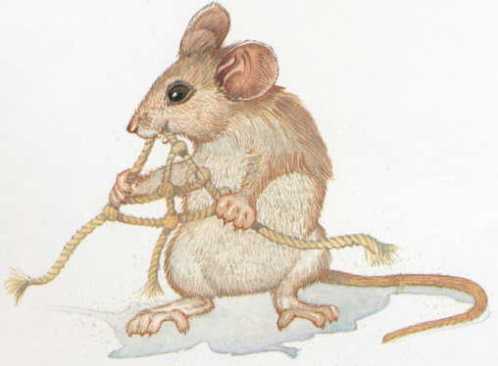
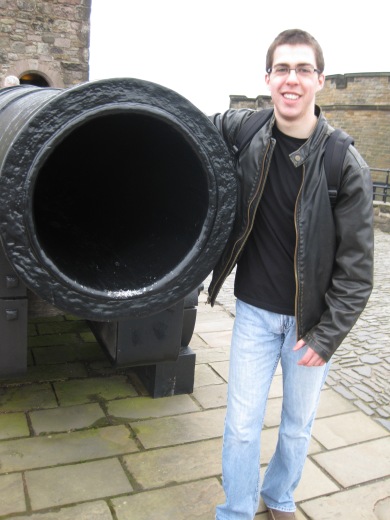

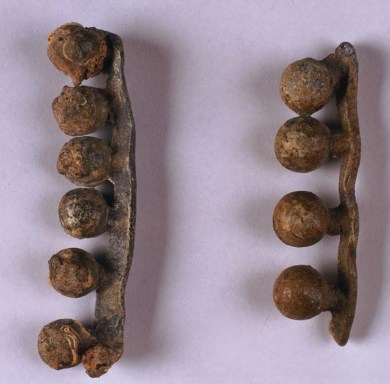
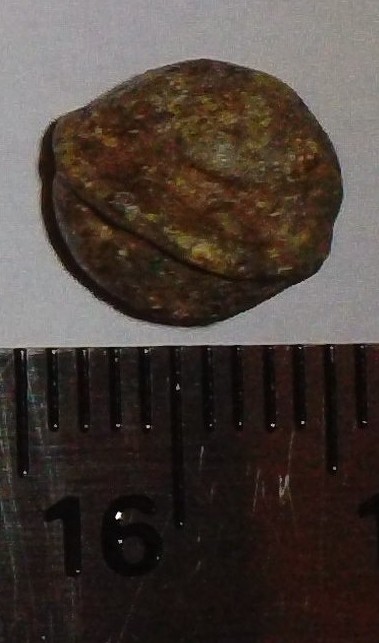

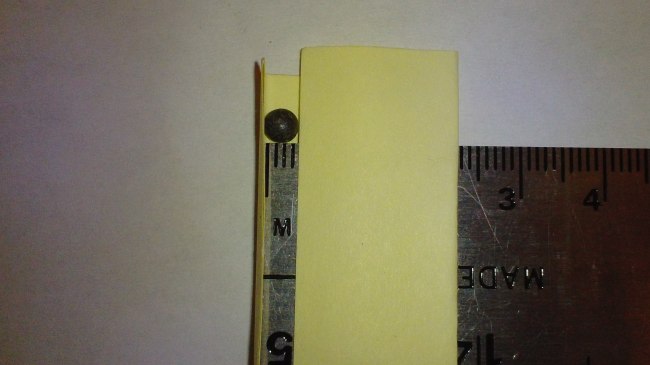





Well aren’t you just the hot shot (pun intended) Isaac this is all so amazing!
LikeLike
Har har!
LikeLike
Thanks for your interest, Numberonefan 🙂
LikeLike
This is all very interesting and exciting. Thank you!!! Do you yet know the relative numbers for the different kinds of shot, eg. how many of Claude’s hoard are stem, seam or dropped?
(PS – I don’t understand your reference to Caravaggio and lead. He died of wounds and possibly malaria and sunstroke.)
LikeLike
Hi Reg,
Thanks for taking the time to read this, and I’m glad you enjoyed it. As for your question, I don’t have precise numbers yet concerning the amounts for each type of shot; however, based on what I’ve seen so far, I’m fairly certain that the drop shot will end up amounting to 90-95% of the shot, with the seam and stem shot evenly split between the remainder. That’s quite consistent with the numbers for the lead shot found during the 2009, 2010, and 2011 field seasons, and highly indicative of on-site manufacture, which we would expect from a people living a predominantly subsistence lifestyle.
As for the Caravaggio reference, I looked into it, and you’re right about his cause of death. It seems the History Channel just ain’t what it used to be…
Cheers,
Isaac
LikeLike